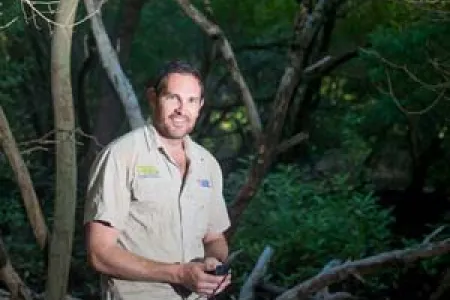Mangrove rehabilitation shows potential revenue
A rehabilitated mangrove site in Indonesia would have generated an estimated net worth of more than $15,000 in carbon revenue if developed as a carbon project, according to a Charles Darwin University PhD candidate.
Clint Cameron forecasted that a 14-hectare site in Tiwoho, Sulawesi would have generated thousands of dollars in carbon revenue over the 10 years since its mangroves were rehabilitated.
“The deforestation of mangrove ecosystems and their conversion for other land uses is a big environmental issue in South-east Asia,” Mr Cameron said.
“These findings show the tangible difference that mangroves could make to benefiting rural livelihoods, and will help build a picture of the potential emissions reduction profile from rehabilitating mangrove sites.”
Mr Cameron based his forecast on the international monetary value of carbon, using the average price per tonne of carbon on the voluntary market over the past 10 years, at about $6.10 per tonne.
He said his latest fieldwork focused on assessing the loss of carbon and other greenhouse gases, such as methane and dinitrogen oxide from mangrove soils, and disused aquaculture ponds. Mr Cameron said gases were emitted through the decomposition of organic matter and respiration by organisms such as crabs and microorganisms.
“One of the biggest eye openers was discovering the sheer volume of carbon being pumped out of the ecosystem through respiration by macroinvertebrates like mud lobsters that live in the mangrove soils,” Mr Cameron said.
“But despite high rates of carbon soil emissions, the rehabilitation sites are still significant carbon sinks.”
